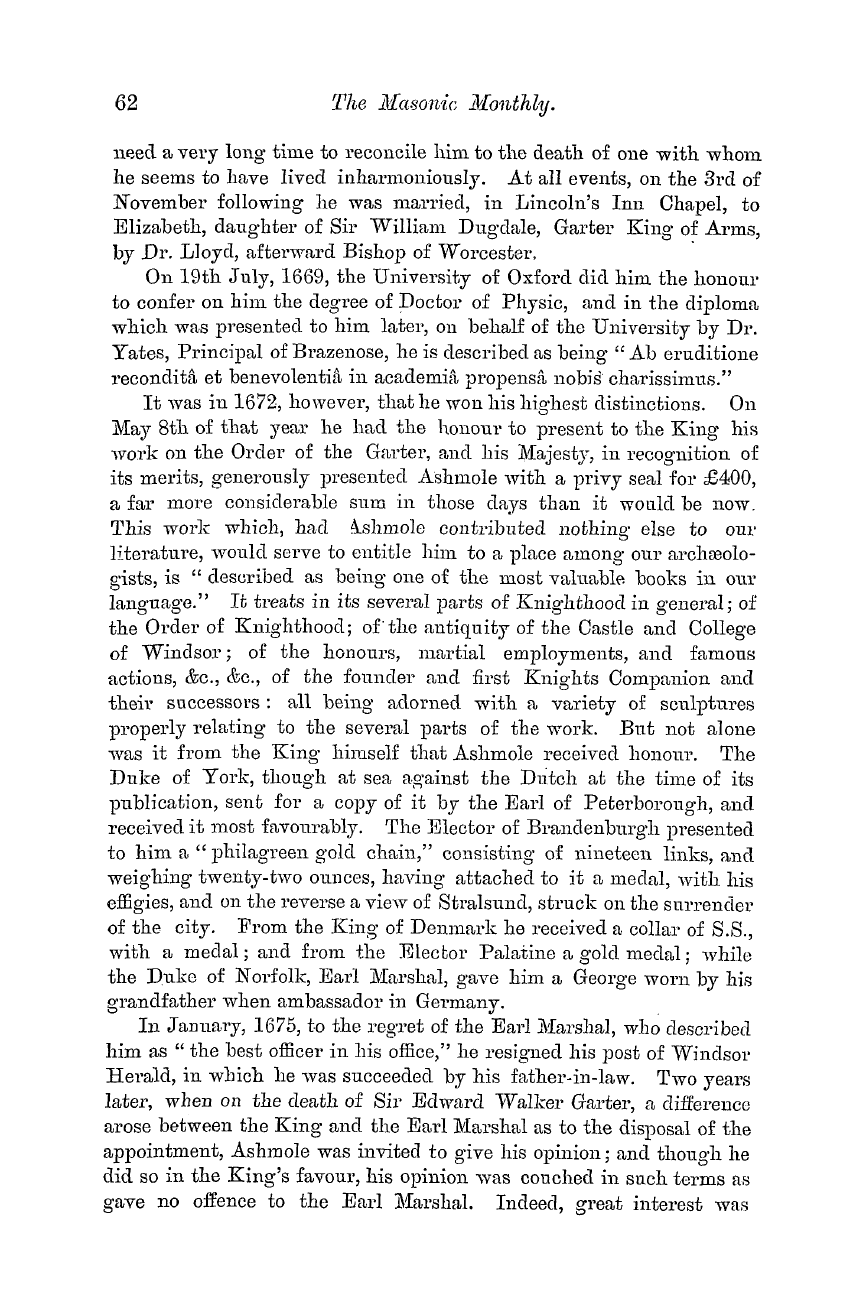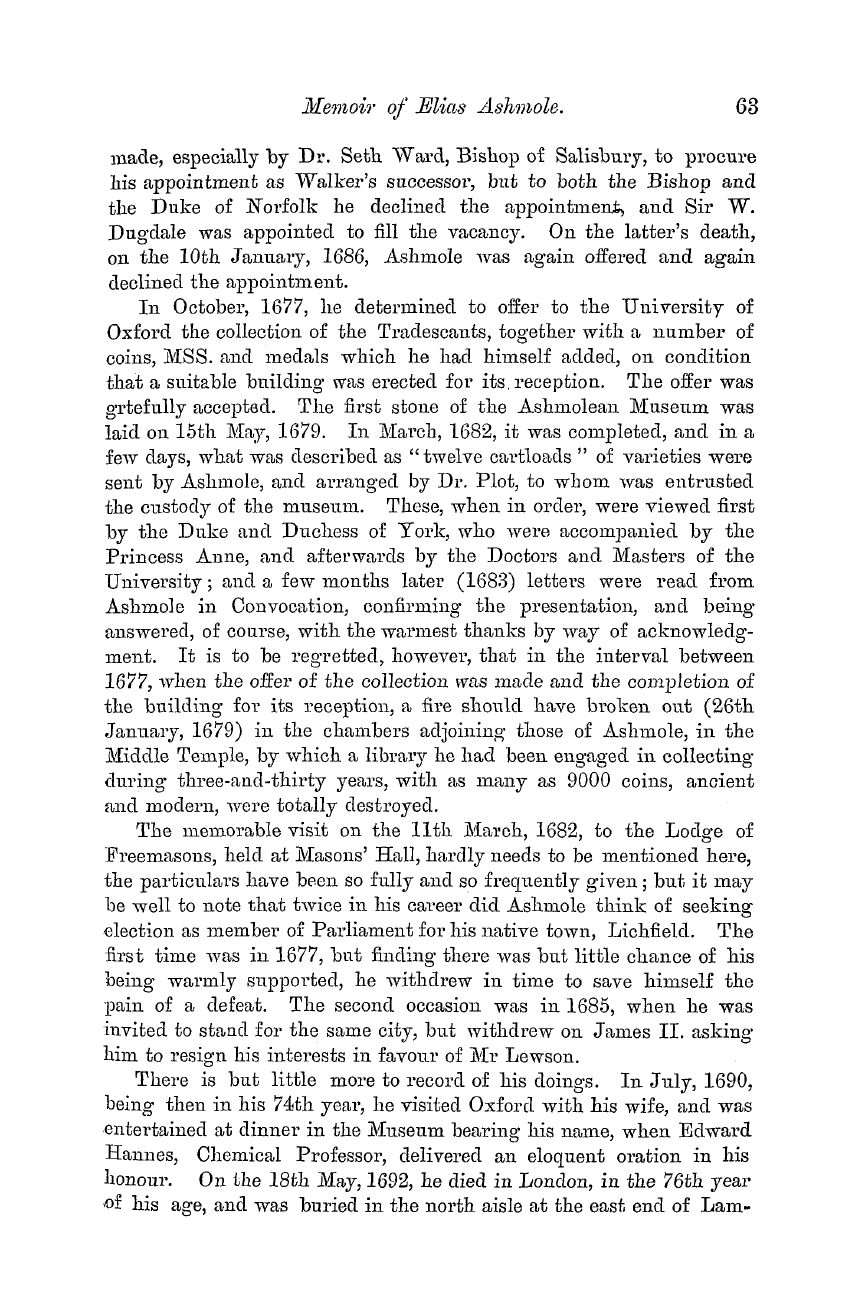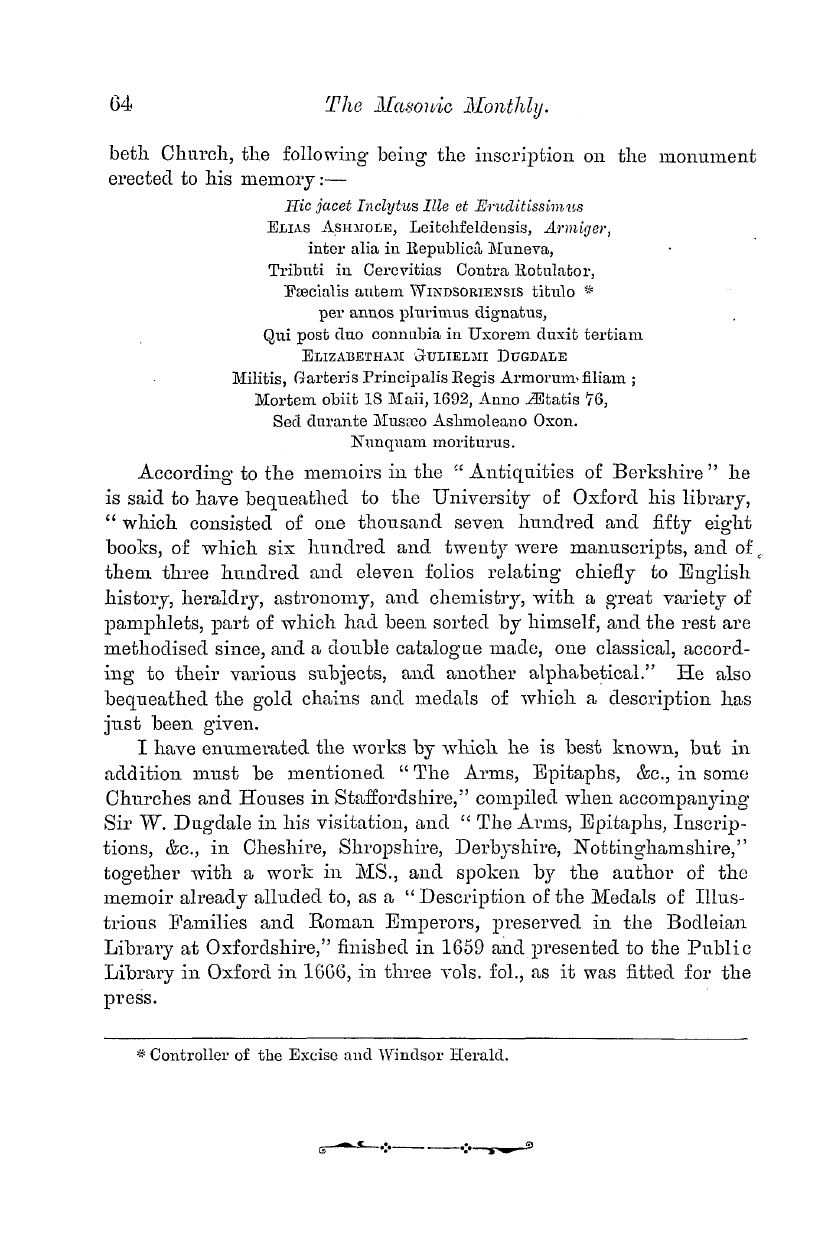Note: This text has been automatically extracted via Optical Character Recognition (OCR) software.
Craft Customs Of The Ancient Stonehewers, Masons, And Carpenters.*
CRAFT CUSTOMS OF THE ANCIENT STONEHEWERS , MASONS , AND CARPENTERS . *
TRANSLATED , WITH NOTES , BT BRO . G . w . SPETH , P . M . 183 . INTRODUCTION . HP HE union of the incorporated stonehewers , masters , and fellows , - * - like all the trade ' s guilds of the seventeenth and eighteenth
centuries , existed in former times as an alliance of defence and offence against those who were , at that time , not authorised to follow the trade , the so-called savages . —Wilden . It was at the same time a survival of the old fraternities of stonemasons in the lodges of the Middle Ages , f
Any master or journeyman who would not conform to the Guild oi'dinances was proscribed ( made black ) , and no craftsman was allowed to consort with him until he had submitted to the decrees and punishment of the Guild . The same process took place in case of quarrels between members
of the society , which had formerly been possessed of its own jurisdiction over life and death . J The reconciliation was only purchasable by a fine to the craft-box . This habit eventually degenerated to such an extent that the fines were only employed for drinking bouts , and coupled with the opening up of the trades precipitated the fall of the fraternities .
Nevertheless , a sound , active spirit , and some signs of the prime of the old German lodges may yet be observed here and there in the dialogues ( morning speeches ) of the journeymen . The author , who has had access to " Fallon ' s Mysteries , " " Winzer ' s German Fraternities , " old family papers , original documents , and personal information ,
Note: This text has been automatically extracted via Optical Character Recognition (OCR) software.
Craft Customs Of The Ancient Stonehewers, Masons, And Carpenters.*
CRAFT CUSTOMS OF THE ANCIENT STONEHEWERS , MASONS , AND CARPENTERS . *
TRANSLATED , WITH NOTES , BT BRO . G . w . SPETH , P . M . 183 . INTRODUCTION . HP HE union of the incorporated stonehewers , masters , and fellows , - * - like all the trade ' s guilds of the seventeenth and eighteenth
centuries , existed in former times as an alliance of defence and offence against those who were , at that time , not authorised to follow the trade , the so-called savages . —Wilden . It was at the same time a survival of the old fraternities of stonemasons in the lodges of the Middle Ages , f
Any master or journeyman who would not conform to the Guild oi'dinances was proscribed ( made black ) , and no craftsman was allowed to consort with him until he had submitted to the decrees and punishment of the Guild . The same process took place in case of quarrels between members
of the society , which had formerly been possessed of its own jurisdiction over life and death . J The reconciliation was only purchasable by a fine to the craft-box . This habit eventually degenerated to such an extent that the fines were only employed for drinking bouts , and coupled with the opening up of the trades precipitated the fall of the fraternities .
Nevertheless , a sound , active spirit , and some signs of the prime of the old German lodges may yet be observed here and there in the dialogues ( morning speeches ) of the journeymen . The author , who has had access to " Fallon ' s Mysteries , " " Winzer ' s German Fraternities , " old family papers , original documents , and personal information ,

































































